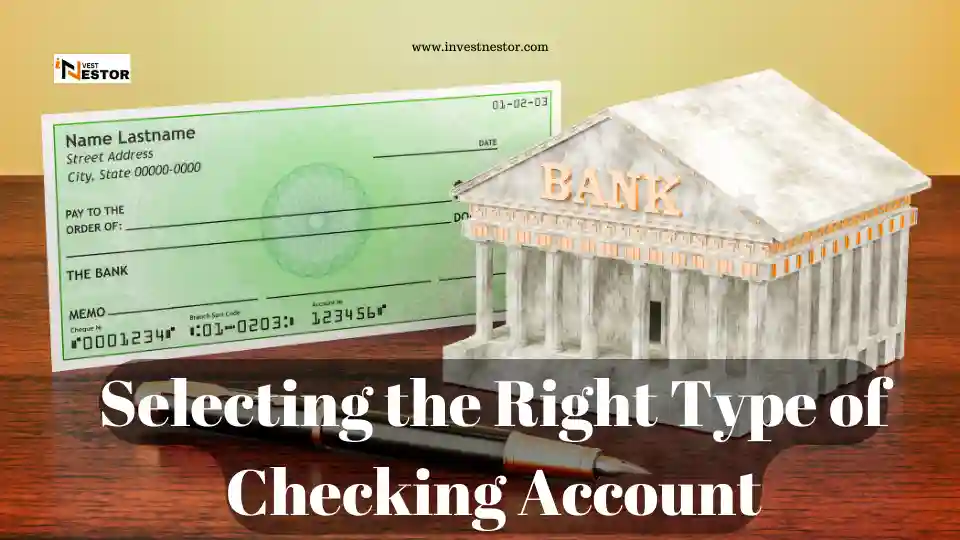
Emergency Savings Account: Importance of Emergency Savings Fund
An emergency fund acts as a safety net for unexpected situations. Ensure you have a financial cushion by consistently contributing to your emergency savings account, just like you would diligently pay your bills. Aim to save enough to cover at least 3 to 6 months' worth of essential expenses. Building an emergency savings fund means keeping aside money reserved explicitly for challenging financial times like job loss, serious illness, or significant home or vehicle repair. It is a safety net that is particularly crucial when you face an economic crisis, as in the case of a pandemic.
What Is an Emergency Savings Account (ESA)?
An emergency Fund is like a financial buffer kept aside for unforeseen circumstances. It means you keep aside cash or readily convertible assets to manage unexpected expenses such as sudden medical costs or significant home repairs. The main objective of an emergency fund is to enhance your financial security by avoiding reliance on high-interest debt options like personal loans or credit cards and safeguarding your long-term financial plans like retirement funds.
Key Highlights
Financial experts advise maintaining an emergency fund that can cover leaving expenses for 3 to 6 months in case of an unexpected economic crisis.
Unfortunately, 24% of Americans don't have emergency savings at all. The Consumer Financial Protection Bureau also reports that 39% have emergency funds that could only cover expenses of less than a month.
Regularly saving, even a modest amount, can result in significant savings that could help during financial uncertainties.
The primary goal of an emergency savings fund is to protect against unexpected expenses; therefore, it should be liquid and accessible during an emergency.
Key Importance of Having an Emergency Fund
Emergency funds are designed for unforeseen circumstances that typically don't cross our minds. While we may not expect certain situations, the COVID-19 pandemic is an example that illustrates the unpredictable nature of life and its potential impact on our financial stability.

The COVID-19 pandemic has emphasized the importance of having an emergency fund. In a survey by Forbes in April 2021, during the pandemic, nearly 40% of individuals used their emergency funds to cope with the situation. Of those, 73.3% used half of the fund, and 29% depleted the entire fund.
The pandemic imposed challenges like job losses, income reduction, etc. A survey by Bankrate even revealed that only 16% of Americans are very comfortable with their emergency fund.
Some common situations in which emergency funds emerge as heroes are job loss, medical bills, home repair, and the COVID-19 pandemic.
Best Places to Keep Your Emergency Fund
The best place to maintain your emergency fund is where you can ensure quick access while avoiding the temptation to use the fund unnecessarily. You need an approach of setting it in and forgetting it. Therefore, maintain your emergency fund separately from your regular account.
Here is a list of the Best emergency savings fund
1- High-Yield Saving Accounts
It is the most common option to house your emergency fund. Typically offered by online banks, they provide higher interest compared to traditional savings accounts. You can access funds through transfers to and from another bank account. However, the major drawback of these savings accounts is that the transfer process may delay accessing funds during emergencies.
High-yield saving accounts can bring annual percentage yield from 2% to 7%, depending on the account size and terms. Before you choose the high-yield saving accounts, make sure the account is aligned with your financial goals and emergency fund strategy.
2- Money Market Account
Money market accounts are the same as high-yield saving accounts, offering a higher annual percentage yield than traditional bank accounts. The significant distinction between a money market account and a high-yield savings account is that money market accounts are more convenient as they offer debit cards and a check-writing facility. This feature makes it more accessible during an emergency. However, the major drawback of a money market account is that it requires a larger minimum deposit to open.
Money market accounts can be opened at local banks or online. Online banks offer more competitive rates due to lower overhead costs. However, one should consider the accessibility of funds, especially in emergencies.
3- Certificate of Deposits
Certificates of deposits are another option to safeguard your emergency fund. They offer you a guaranteed rate of return. But you must keep a set amount of money for a committed time. The major drawback of a certificate of deposit is that if an emergency arises before the CD matures, you can withdraw the funds but will incur an early withdrawal penalty. The penalty may be in the form of a flat fee or a percentage of the interest on the CD.
You can open a CD at the bank, online banks, or even credit unions that may provide favorable rates. Consider the minimum deposit requirement and terms before considering CD for an emergency fund.
Suggested Articles: No-Penalty CDs: Flexible Savings with High Returns
4- Right Emergency Fund Amount
Almost all financial experts suggest having an emergency fund covering at least 3 to 6 months of your leaving expenses. To determine the right amount for an emergency fund, you must include housing, food, healthcare, utilities, transportation, personal expenses, debts, etc. You must exclude nonessential items like entertainment, dining out, extraneous shopping, vacations, saving for specific goals, etc. By saving for essential expenses, you can create a more realistic emergency fund to sustain during unexpected financial situations.
Saving expenses of 3 to 6 months' worth is a rule of thumb; however, it may not be valid in certain situations. In some scenarios, you might need extra savings, like during a recession, in high-risk industries more prone to layoff, economic fluctuations, irregular income, or retirement.
How to Build an Emergency Savings Fund
Building an emergency fund is preparing yourself for financial emergencies. Here is a step-by-step guide to building an emergency fund
Set Your Saving Goals
Setting a saving goal is an integral part of building an emergency fund. Instead of focusing on one significant saving goal, focus on smaller, attainable monthly goals. It will foster the habit of regular saving and make your overall objective more attainable. Automate the process of your monthly savings to meet the target effortlessly.
Save Tax Refund
A tax refund can be extra money for nonessential spending, but a prudent financial strategy is to add this tax refund to your emergency fund. Rather than putting it into a discretionary expense, using your tax refund for your emergency fund can add an additional layer of financial security.
Emergency Fund vs. Savings
An emergency fund is not the same as a savings account. It is a separate basket explicitly designed to cover expenses during an unforeseen situation. Hence, it brings to a part of its purpose where savings accounts and emergency funds differ. A savings account is designed to provide a space to accumulate money for specific goals or to retain funds for short-term purchases. It is a proactive tool to achieve financial objectives.
On the other hand, an emergency fund serves a distinct purpose. It is a cash reserve for unforeseen expenses that cannot be managed with a regular monthly cash flow. It includes expected events like medical bills, sudden job loss, etc.
Conclusion
An emergency fund is the first active step to help you during financial constraints. It gives you greater control over your finances, contributes to your financial freedom and, most importantly, provides you an invaluable piece of mind. Building an emergency fund early on will help you in difficult financial situations. Make a strategy and take a step forward to secure yourself.
FAQs
Is ESA the same as 401k?
401k and emergency saving accounts are different as 401k is a long-term saving and investment option where individuals accumulate wealth for retirement. On the other hand, an emergency savings account is a short-term financial tool that provides a safety net during an unexpected economic event. This account covers explicitly immediate or unforeseen expenses like medical emergencies or job loss.
Which type of account is best for emergency savings?
A high-interest savings account can be the best place to keep your emergency fund. They provide accessibility to your funds, and you also earn interest on your deposit.
How do you save money for an Emergency fund?
A key strategy to build a robust financial safety net is regularly transferring funds into your emergency savings account. By contributing a set amount regularly, you can grow your emergency fund.
Editor Suggestions:


 to Your Advantage.webp)



0 Comments
Add a comment